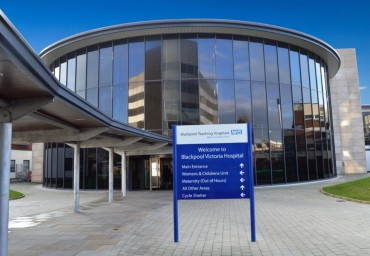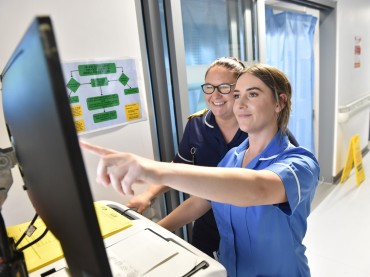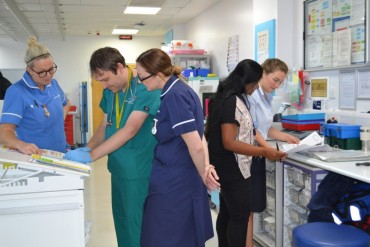Your doctor has advised that you have a lesion around your eyelid that needs to be removed. Depending on the nature of the lesion, a local or general anaesthetic may be used. Surgery may be quite simple or quite complicated.
If it is simple, the lesion may simply be removed and left to heal, similar to a graze on your knee.
At other times, for example a skin tumour, a large defect may be left around your eyelid following removal of the tumour. This defect requires to be filled in with skin and tissue from elsewhere. This may be moved from another area close to your eyelid and/or it may be taken from the other eyelid, behind your ear, from your neck or inside your upper arm, this is called a skin graft. Your doctor will advise you.
Often the surgery is performed in 2 or more stages over 2 or more weeks in order to ensure the tumour has been removed completely.
This skin graft and other tissue will be stitched in place and great care must be taken to avoid damaging it. Immediately after the skin graft, the skin will be purple and will take several weeks or months before it returns to a normal skin colour again.
You may have a firm pad put over the eye/skin graft for 24-48 hours. You may be in some pain. Please take painkillers according to instructions for this pain.
After the operation, you will be required to put ointment on the wound and skin graft to keep it moist.
You will also be seen regularly in the Out Patients Department.
You may have swelling and bruising of your eyelid around the site of your operation and also the site from which the skin graft was taken, but this should heal in a few weeks.
Sometimes, the skin graft may shrink and may cause some pull on your eyelid.
Sometimes, the skin graft may have a wrinkled appearance.
There is a small risk of graft failure which may need further surgery.
The wound/graft can possibly develop an infection which would need to be treated with antibiotics.
The colour of the skin graft may not completely blend in with the skin colour around your eyelid and therefore the graft may be seen forever.
There is always a small risk of scarring, but this generally tends to blend in with the skin creases and slowly fade over time.
In case of a tumour, further surgery may be required if it has not been removed completely the first time. Even after a complete removal there is always a small chance of it returning which may need more surgery
The Ophthalmic Surgical Unit is a specialised unit which cares for patients undergoing eye procedures on a day case basis.
The Unit cares for women and men. There are separate toilet facilities for women, men and disabled patients.
Our patients have poor vision. Please consider their safety by cooperating with the following activities:
• Try not to obstruct corridors.
• To reduce the risk of injury to you and other patients, please avoid assisting others.
Smoking
The Trust operates a No Smoking Policy and your cooperation with this is appreciated.
If you are registered disabled and have a ‘blue badge’ the nearest car park is Woodlands which can be accessed from East Park Drive near the Gastroenterology Department.
From the car park, you can walk directly into the Unit.
If you are not registered disabled / do not have a ‘blue badge’:
Please park in the multi-storey car park.
Enter the hospital using the Main Entrance where you will find the retail stores.
Turn right up the stairs, escalator or lift. Go straight on down the main corridor.
The Ophthalmic Surgical Unit can be found approximately 200 metres down this corridor.



